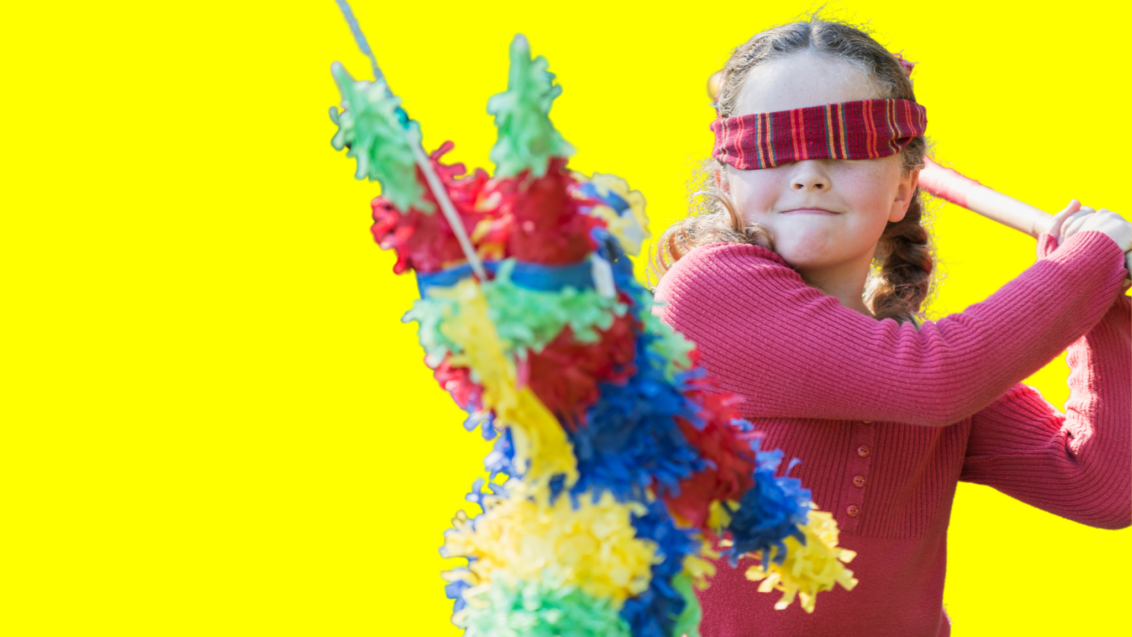13 Bias in Recruiting

Bias – unconscious thought patterns – can influence our perceptions and decisions. In the context of recruitment, bias can result in unfair evaluations of candidates, leaving potential untapped. This guide outlines common bias, their impact, and strategies to avoid them.
1. Confirmation Bias
This occurs when we seek information that confirms our initial impressions. For example, during an interview, we might look for signs that affirm our positive or negative first impressions of a candidate.
How to overcome it:
- Develop standardized interview questions.
- Involve multiple interviewers to balance subjective views.
- Use AI tools for an objective initial assessment.
2. Halo Effect
A single positive trait (e.g., confidence) influences our overall impression of a candidate, making other traits seem better than they might actually be.
How to overcome it:
- Identify critical traits for the role in advance.
- Use AI to conduct personality analyses before interviews.
- Evaluate each competency independently.
3. Similarity Bias
We tend to favor people similar to ourselves in terms of background, values, or interests. This is often masked as “cultural fit” but can lead to unconscious discrimination.
How to overcome it:
- Focus on objective role requirements rather than similarities.
- Ensure a diverse HR team is involved in decision-making.
4. Stereotyping
Stereotyping occurs when we make hiring decisions based on external characteristics such as gender, origin or age. Our judgments are often based on unconscious assumptions (unconscious bias) and not on facts.
How to overcome it:
- Conduct anonymized application processes.
- Cultivate a culture of ongoing critical reflection on unconscious bias.
- Penalize overtly discriminatory behavior.
5. Anchoring Bias
The anchor bias refers to the fact that first impressions or initial responses can have a disproportionately large influence on our overall assessment of a candidate.
How to overcome it:
- Use data-driven tools to form a comprehensive view of candidates.
- Make decisions only after collecting and reviewing all relevant information as a team.
6. Attribution Error
When we succumb to the attribution error, we immediately attribute certain behaviors to a candidate’s personality instead of to external circumstances. For example: “They are disorganized” instead of “They didn’t have enough time to prepare.”
How to overcome it:
- Always consider the context behind behaviors or statements.
- Ask candidates about the reasons behind their actions (“Was the preparation time adequate?”).
- Use NLP-based tools to create objective personality profiles.
7. Recency Bias
In the case of recency bias, the most recent impressions or answers of the person in front of us have a greater influence on our perception than others. We often ignore what was said earlier.
How to overcome it:
- Use standardized digital question tools before interviews.
- Leverage NLP technology to analyze open-text responses for personality insights.
- Systematically reflect on the overall impression as a team.
8. Overconfidence Bias
Relying too heavily on personal judgment and making quick conclusions (“I can spot a great salesperson instantly”).
How to overcome it:
- Have your evaluations reviewed by others, combining human and AI input.
9. Horns Effect
The opposite of the Halo Effect, where a single negative trait taints the overall perception of a candidate.
How to overcome it:
- Reflect on whether your negative judgment is based mostly on one trait.
- Take time for a comprehensive evaluation.
- Support decisions with objective data about the candidate’s personality.
10. Availability Heuristic
The availability heuristic describes how we are sometimes overly influenced by experiences or memories from the recent past. This can be, for example, conversations with other applicants that have just taken place.
How to overcome it:
- Schedule interviews with breaks in between.
- Incorporate data-driven evaluations of candidates’ skills and attributes.
- Document impressions from each interview to mitigate post-hoc bias.
11. Status-Quo Bias
With a status quo bias, preference is given to candidates who align with established patterns. New approaches or unconventional profiles are often being overlooked.
How to overcome it:
- Assess not just skills but also personality.
- Actively seek out candidates with atypical CVs.
- Encourage openness and innovation within the team.
12. Survivorship Bias
Survivorship bias occurs when we focus on traits of successful (former) employees while neglecting the potential of other characteristics, not giving unusual or unknown profiles the chance they deserve.
How to overcome it:
- Identify which traits are truly critical for success in the role and organization.
- Evaluate candidates’ abilities independently of previous benchmarks.
13. Loss Aversion
Preferring the “safe” candidate to avoid risks, even if another might better fit the company culture.
How to overcome it:
- Consider the long-term benefits of bold decisions.
- Use trial tasks or AI-based assessments to reduce the risk of poor hires.
14. Social Desirability Bias (“Super Bias”)
Candidates may present themselves in ways they believe are socially desirable, masking their true skills or values.
Example: A candidate emphasizes in the interview how important teamwork is for her, although in reality she prefers to work independently. This is solely a statement to meet the interviewer’s expectations.
The social desirability bias is so powerful because it can reinforce other bias. For example, if a candidate behaves in a particularly socially desirable way, the halo effect or the anchoring bias could be amplified. A strongly self-confident candidate could not only be noticed positively, but other skills could also be overestimated – even though they may only be faking them.
How to overcome it:
- Use NLP technology for personality tests that analyze free-text responses, bypassing conventional cues.
- In interviews, ask about specific past situations (e.g., “Can you give an example of solving a team issue?”).
- Avoid giving hints about what you consider the “right” answer.
Conclusion
Biases are a natural part of decision-making but can have negative effects on both organizations and candidates. Through deliberate actions, standardized processes, continuous training, and the use of AI tools, we can counteract these distortions and make better hiring decisions. Recognizing these biases is the first step, followed by developing strategies to mitigate them. When human and artificial intelligence work together, the result is fairer hiring processes and finding the right people for the right roles.
Prof. Dr. Florian Feltes
Prof. Dr. Florian Feltes is co-founder and co-CEO of zortify and a forerunner in AI-supported HR innovation. Together with his team, he develops intelligent personality diagnostics and helps companies identify the perfect candidates—without expensive assessments and without bias. His vision: a world in which every company can effortlessly form high-performance teams and create work environments that allow human potential to flourish.


Between Trump, zero-motivation-days and the “Robin Hood of talent”

Hierarchy with AI rather than everyone at eye level?
